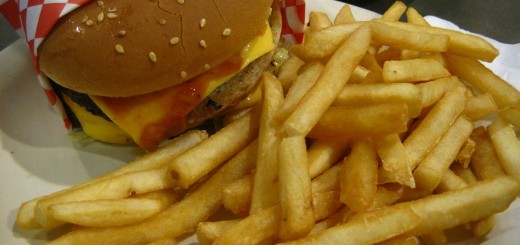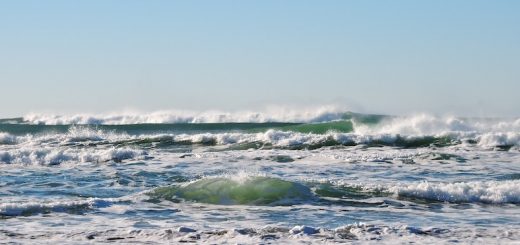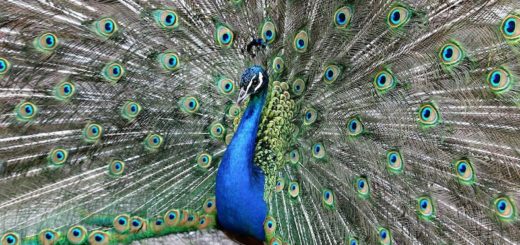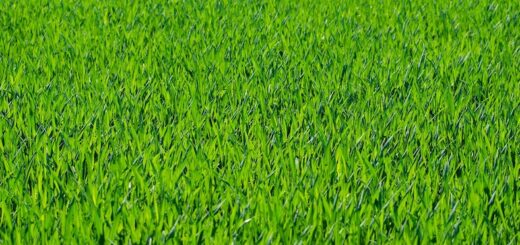Snake River Autumn

The sun retreats early and is slow to rise in the fall, here between the walls of the Snake River Canyon, on what is probably our last camping trip of the year. Evening arrives sooner, morning later. Raccoons rove through the campground overnight, raiding any trash bag left untended, a discovery I make when I neglect to stow ours, one night. Mule deer wander freely at all hours, running with vertical, short leaps when startled. There are no rattlesnakes to be seen, though we’ve been warned they’re still likely to be encountered, sunning themselves on rocks. The footprint of the Nez Perce is everywhere. Nearly every turn in the road marks a significant place in tribal history — the location of an encampment or village, a battle to retain sacred grounds, or a mission. The missionaries were active here, establishing outposts in this steep mountainous region of North Idaho, where the Snake and Clearwater rivers come together, on their way to the Columbia and ultimately the Pacific. The Snake River in this area is mostly calm, confined by dams — but the Clearwater runs swiftly, creating miles of rapids and fast moving white water. In spite of the fast approaching cold weather, fishermen stand in waders, keeping their balance as they move in a regular rhythm, enduring as solidly as the rocks in the river, while the water swirls around them. The leaves have mostly turned to fall colors, the fields of wild grasses are golden and winter isn’t far behind. We drive to a nearby town that does little more than occupy a two-block-long stretch of the highway, in search of a taco truck that I know resides there in the summertime, and I’m pleased to see it still inhabits the parking lot next to the church. We choose to sit outside and eat, rather than in the car, and share a picnic table with a grizzled, extremely amiable man who lives in a town about an an hour away. I am fascinated, listening to his narration of maneuvering a logging truck in the winter, the many miles down the steep, winding, treacherous road that leads to the Grand Ronde River — a well-known “white knuckle” drive, even in the summer. He drifts into an explanation of his missing front teeth, broken after a mishap with a logging chain, the gap in front slightly less noticeable due to his mustache. He has no dental insurance, he says with a shrug, no money for any necessary dental work. He drives hours to see a specialist for the heart and lung issues he incurred as a result of smoke inhalation, acquired while fighting fires during the fierce blazes that raged through this part of Idaho two years ago. He thinks he will discontinue the doctor visits. He tells us, matter of factly, about the sudden death of his wife eleven years ago, says that he’s “gone through all the women” in his small town and wonders if I might know anyone suitable for him. I assure him I’ll keep his request in mind. The wind blows cold in this parking lot next to the water and large flocks of geese wander along the shoreline, honking noisily while we satisfy ourselves with warm, homemade tamales, burritos and Jarritos brand soda. I love this time of year, when the earth settles in for a season of rest, ready to burst forth and renew itself again in the spring. I know I’ll tire of the cold by March but right now, I’m ready to be thrilled by the first snowfall, anxious to start a wood fire, eager to pull out my favorite cozy sweaters and the jackets that I love. It won’t be long now.







Mary, again you have created a picture in words that has me sitting right beside you feeling the cold, seeing autumn unfold and sharing in the storied past of a stranger, yet new friend. Beautifully written!